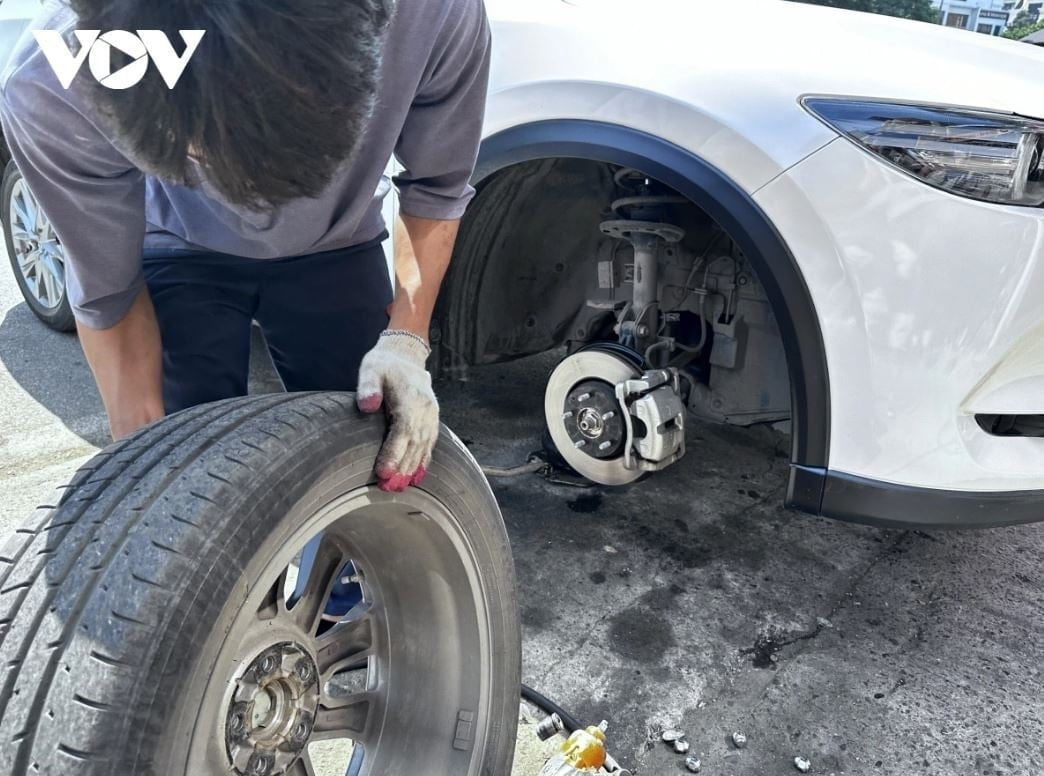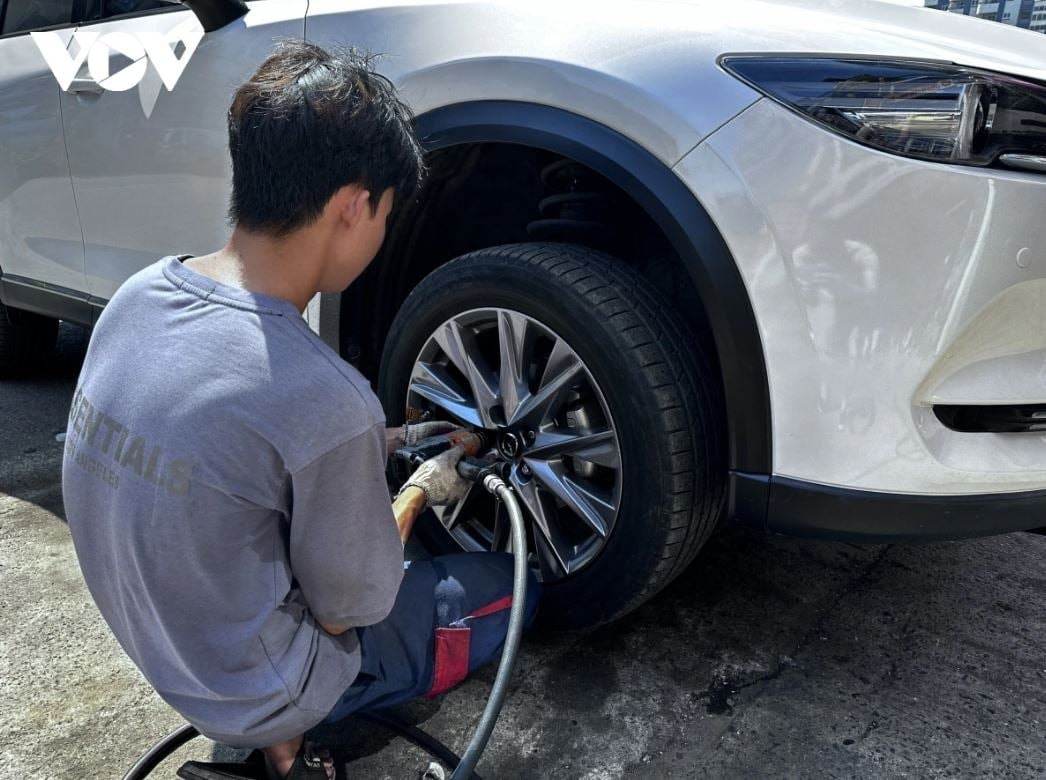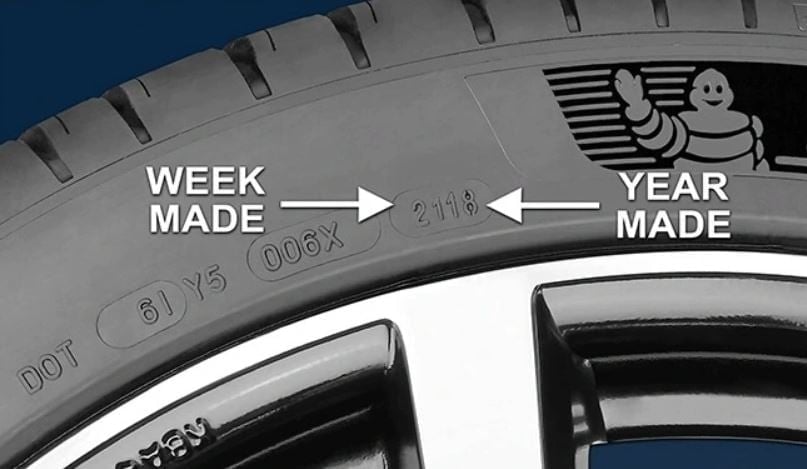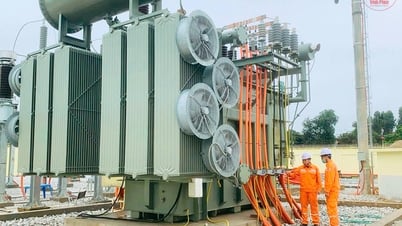Tires are one of the important parts in the design of a car, in direct contact with the road surface and have the role of supporting the entire weight of the vehicle. Tires have a direct impact on the operation of the vehicle such as supporting braking, road grip, steering,...
Due to the structure of direct contact and friction with the road surface, this part quickly wears out and is damaged. Even if you own a luxury car, with advanced technology and equipment, if the tires are worn, all technology becomes meaningless and comes with some dangers when participating in traffic.

According to the recommendations of car manufacturers, users should replace tires after about 60,000 - 100,000km. However, this limit can vary depending on tire type, usage conditions and driving habits, some types of car tires allow users to travel up to 130,000km or only 50,000km. When reaching this limit, the owner needs to replace new tires to improve the vehicle's performance. Some of the following signs can help you recognize when to replace tires.
1. Check tire tread
Tire tread plays a very important role in gripping the road, especially when braking suddenly or driving on slippery roads. If the tread depth is worn, it no longer meets the minimum level to ensure safety.
All tires today have a tire wear indicator bar. If the tire tread is lower than 1.6 mm or the wear indicator bars are exposed, you should pay attention to replacing the tire to ensure safety when traveling on the road, especially for long journeys.
2. Look for wear marks, cracks or tears in the tire.
Cracks, tears, or bulges in the tire are signs of serious tire damage. If you notice more wear on one side of the tire than the other, or uneven wear on the front and rear tires, your vehicle may have problems such as misalignment, uneven tire pressure, and a damaged suspension system.
According to Mr. Nguyen Xuan Huu - owner of Minh Ngoc tire garage (Cau Giay, Hanoi ), if the tire is worn out, it will not have grip on the road, causing danger to the driver in some emergency situations, especially when going through slippery roads or when it is raining... When the tire groove is no longer deep enough according to operating regulations, water cannot drain quickly, causing the phenomenon of "hydroplaning". This situation is very dangerous, causing the vehicle to lose control and possibly causing unfortunate accidents.
In addition, worn tires are also susceptible to punctures or explosions, especially when traveling at high speeds. Drivers need to pay attention to this issue to promptly replace new tires.

3. Tire imbalance, loss of pressure, aging
Mr. Huu also noted that if the car makes noise or vibrates when driving, the car does not run smoothly, and is difficult to control, this is a sign that the tire may be out of balance; if the tire loses pressure frequently even though you have filled it up, the tire may be punctured or damaged.
Tires that are cracked, bulging, have crow's feet, or have protruding threads are signs of aging.
4. The tire is punctured, has many cuts or is "stuck" with many nails
When driving on the road, it is inevitable that sharp objects or gravel will get stuck in the tire, causing cuts. In addition, the tire sidewall is the position that bears a lot of pressure when the entire mass of the vehicle presses down on the road and the air is pushed to both sides. If a collision occurs, the tire sidewall will be punctured and cuts will appear. At this time, the driver should quickly repair or replace it to ensure safety when driving.
Currently, the problem of "nail thieves" is still common, so the situation of "nails" in the tire is inevitable when traveling on the roads, especially the highway. When encountering this situation, the car owner should not arbitrarily remove the nail from the tire. This will cause the tire pressure to suddenly drop, making the car difficult to move and potentially dangerous. The car owner should move the vehicle to the nearest auto garage to repair the tire or replace it with a new tire. In case the auto garage is far away or closed, it is recommended to use a spare tire instead.
5. Tire usage period according to manufacturer's recommendations
Even if the tire does not show obvious signs of wear, users still need to consider the manufacturer's recommended lifespan, as this is a major factor affecting safety. Normally, the lifespan of a tire is calculated from the time it is installed on the vehicle, ranging from 6 to 8 years. Vehicle owners can check the tire's manufacturing year, also known as the "tire date", located near the edge of the tire rim, and should check it after each year of use because the tire's durability also depends on the route traveled and whether the tire is subjected to a lot of external force.
Vehicle owners can check the year of manufacture by looking at the last 4 digits printed on the tire sidewall, for example 3022 means the tire was manufactured in the 30th week of 2022. Or 4512 (as shown in the image below) means the tire was manufactured in the 21st week of 2018.

"In case after 5 years the tire is still in normal condition , the car owner can keep it and continue to use it. When the tire's lifespan reaches 8 years, the car owner should replace it. This also applies to spare tires. If you observe the above characteristics and suspect that the tire is past its expiration date, do not hesitate, the vehicle owner should replace the tire before any unfortunate situations occur" - Mr. Huu recommends.
Source: https://baonghean.vn/dau-hieu-bat-thuong-canh-bao-can-thay-ngay-lop-xe-10299070.html





![[Photo] Nearly 104,000 candidates in Hanoi complete procedures to take the 10th grade entrance exam](https://vphoto.vietnam.vn/thumb/1200x675/vietnam/resource/IMAGE/2025/6/7/7dbf58fd77224eb583ea5c819ebf5a4e)

























![[Photo] President Luong Cuong works with Hung Yen and Thai Binh Provincial Party Committees on implementing Resolution of the 11th Central Conference, 13th tenure](https://vphoto.vietnam.vn/thumb/1200x675/vietnam/resource/IMAGE/2025/6/6/127b735d2761484d81dcee0d7725a25b)






















































![[OCOP REVIEW] Tu Duyen Syrup - The essence of herbs from the mountains and forests of Nhu Thanh](https://vphoto.vietnam.vn/thumb/402x226/vietnam/resource/IMAGE/2025/6/5/58ca32fce4ec44039e444fbfae7e75ec)










Comment (0)